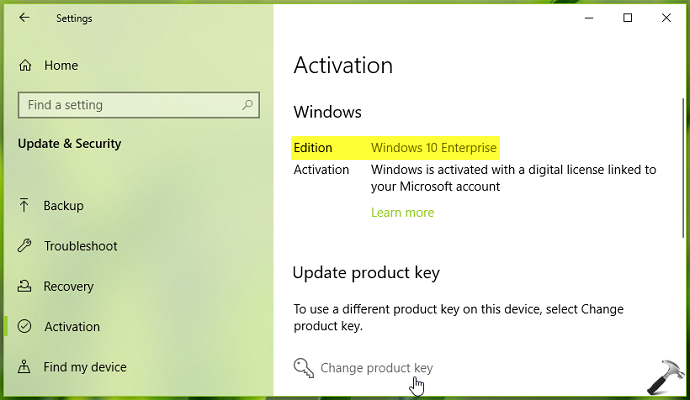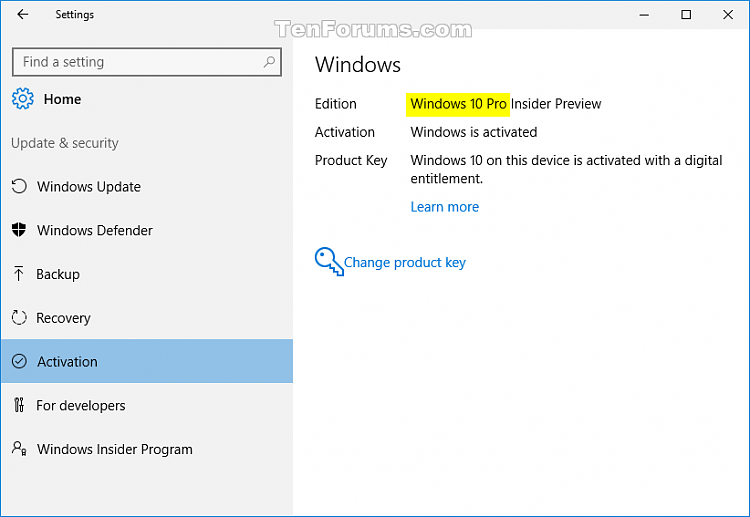
Suppose changing boot menu or order doesn't seem to work out, then sign in to Windows again, shut down and start the computer. This is done so that your PC boots from the media. Suppose the current version of Windows starts when you restart the computer, then open a boot menu or change boot order in PC's UEFI or BIOS settings.


Method 2: Do a Clean Installation of Windows 10.

If it is present, then you can use it to revert to Home edition. Now check if the Recovery Partition is present in it or not. In case if you’re switching to Pro edition from Enterprise (never upgraded Pro to Enterprise), you’ll need to additionally activate Pro edition with its unique license key.Go to This PC Manage Disk Management. As you’ve previously upgraded from activated Pro edition, your system will automatically activated when you switch to Pro. So in this article, we’ll simply use Pro edition generic product key and switch back to Pro from Enterprise. The ISO file based installation lets users to install or switch to any edition of choice they want. This is possible because the Pro edition and Enterprise edition are installed from same multiple edition Windows 10 ISO file. This will be most helpful to user accidentally and unknowingly moved to Enterprise edition while they opt to upgrade from Home to Pro edition via Microsoft Store. There might be some other reasons as well, which leads you to convert Enterprise into Pro edition such as activation method, telemetry etc.īut the good thing is that you can easily downgrade your Enterprise edition into Pro without reinstalling entire operating system and without losing your data.

In case if you’re no longer part of any organizational network and want to convert back your Enterprise edition to Pro, this article will help you with that. How To Upgrade Windows 10 Pro To Enterprise EditionĮnterprise editions are usually used by corporate networks. Previously, we’ve shared you following guide to convert your Pro edition into Enterprise edition:


 0 kommentar(er)
0 kommentar(er)
